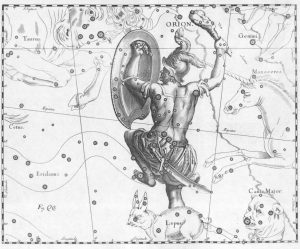Positional astronomy (or spherical astronomy) relates to the location of astronomical objects on the celestial sphere, from the Earth's perspective. It is based on mathematical methods and contains celestial coordinate systems and time as its main elements.

Due to the location of the Earth in space, these calculations require taking into account not only the main Earth movements (rotation and translation), but also other effects (such as axial precession and nutation), in order to compensate for such effects at the moment. to generate astronomical ephemeris (a series of values that provide the position of celestial objects in the sky). In this way, it will be possible for us to locate an object in the celestial vault with high precision (be it a planet, satellite, star, etc.), at any time and place.
The first findings based on positional astronomy date back to Antiquity, with civilizations that were able to understand the dynamics that occur daily in the night sky, identify celestial phenomena of a positional nature (e.g. conjunctions, transits, eclipses) and apply much of this knowledge when building structures that are known worldwide today (e.g. Chichen Itzá, pyramids, Stonehenge, etc.).

Although the technology established in today's society makes the role of positional astronomy go unnoticed, we continue to find its mathematical models when understanding how a modern astronomical observatory works, but we also see them in amateur telescopes and virtual tools with which that anyone can know the position of a star, either online or using virtual planetarium software.
Check out the subsections to learn more, in particular “Astronomy by day" and "Astronomy at night", which present a series of observational experiments (focused on the position of the stars) that you can replicate yourself and make small "discoveries" with the naked eye.


